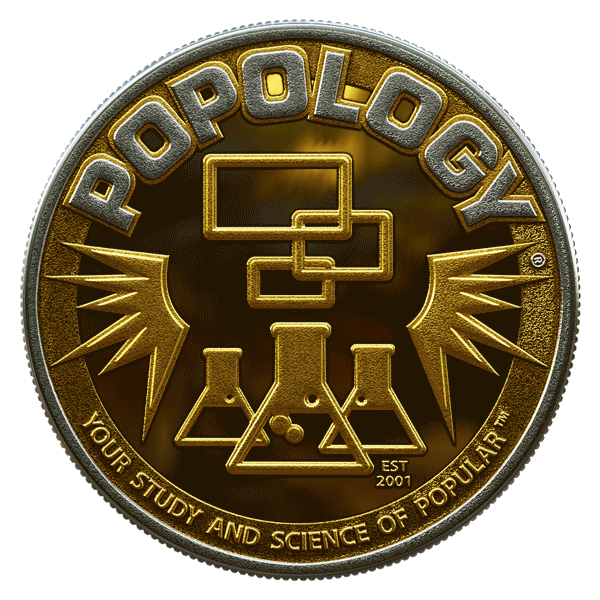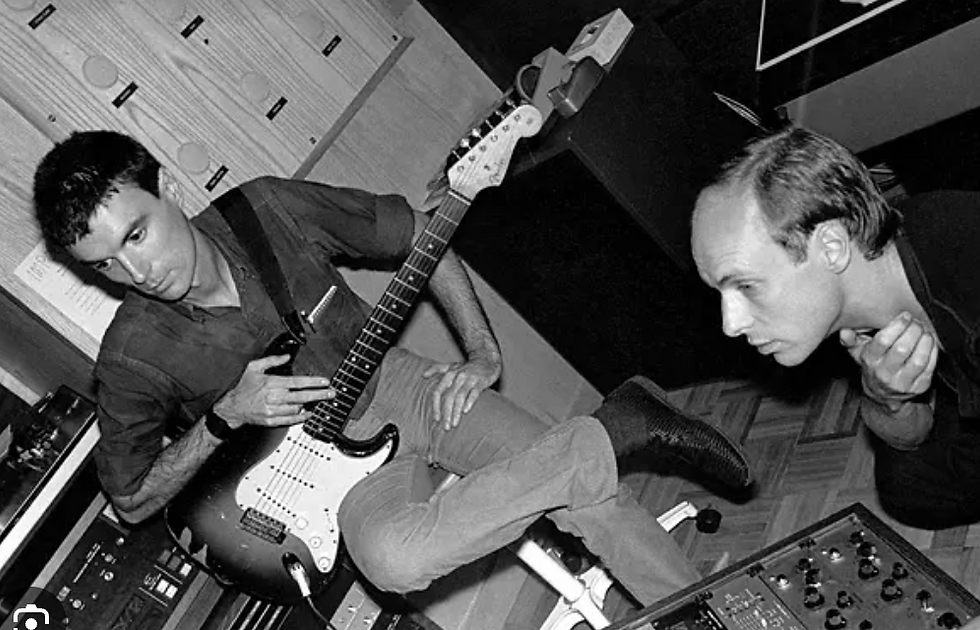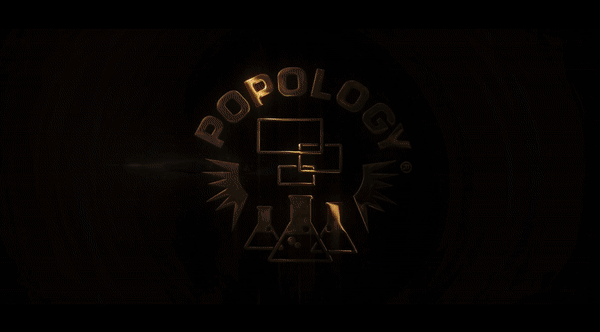- POPOLOGY® Networks
- Jul 3
- 1 min read
Are You Satisfied With Being Prey For Your Data and Monopolized on Everything You SEE, THINK & DO?
#POPOLOGIZE with POPOLOGY®!
Early signups for POPOLOGY's new utility portal coming real soon that makes you an earning Partner with all BIG TECH PLATFORMS you use, while owning your sovereign voice and little data too!


































































































%20NEW-03.png)







